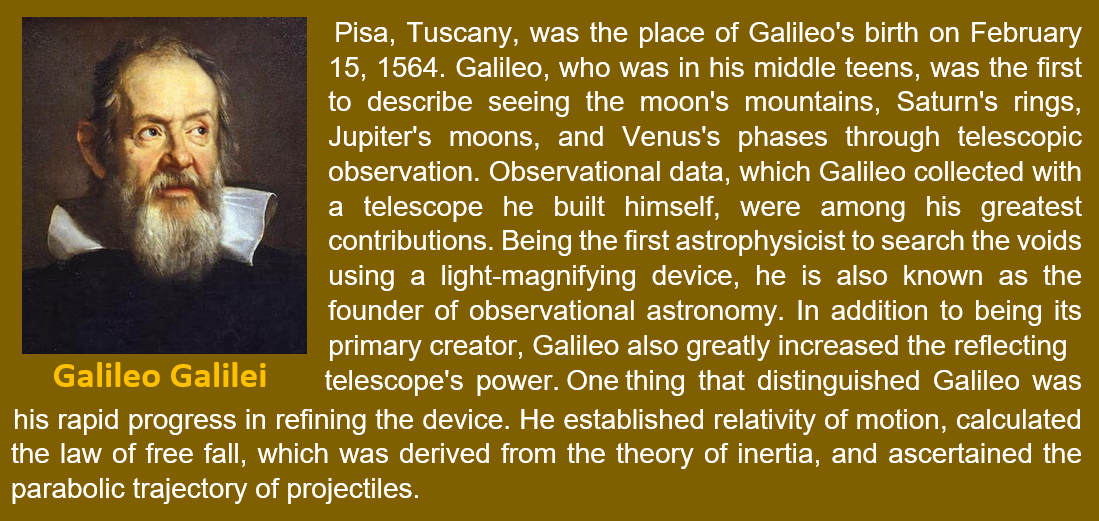
The human retina has been endowed by nature with the ability to detect electromagnetic waves within a narrow range of the electromagnetic spectrum. Light is defined as electromagnetic radiation with a wavelength between 400 and 750 nm, which falls under this range. We perceive and comprehend the world around us primarily through the use of light and our sense of vision.
Based on our everyday experiences, we can infer two things about light. The first is that it moves at a high pace, and the second is that it moves straight ahead. The logical belief that light moves in a straight line appears to contradict what we learned in the preivious chapter on wave optics.
But also we know that, in comparison to the size of common objects we encounter, light has a wavelength that is extremely small. Therefore In this case, It is possible to think of a light wave as travelling in a straight line between two points. A collection of these rays forms a beam of light, and the path is known as a light ray.
Get Full Access Of the Chapters
